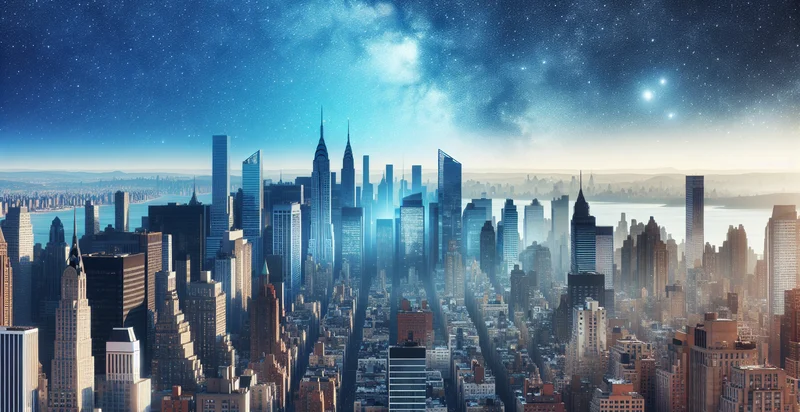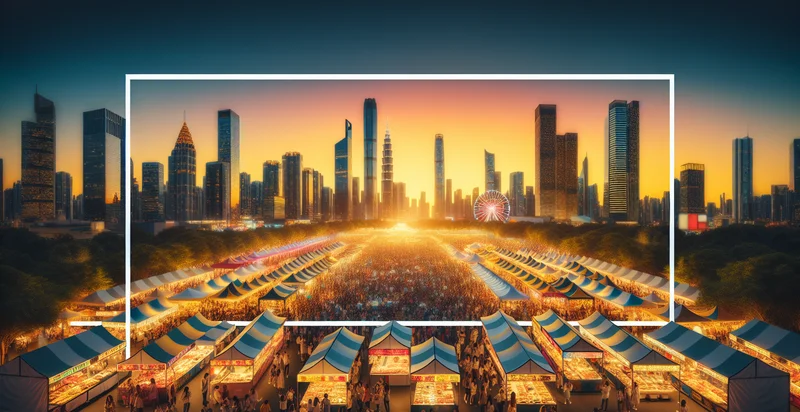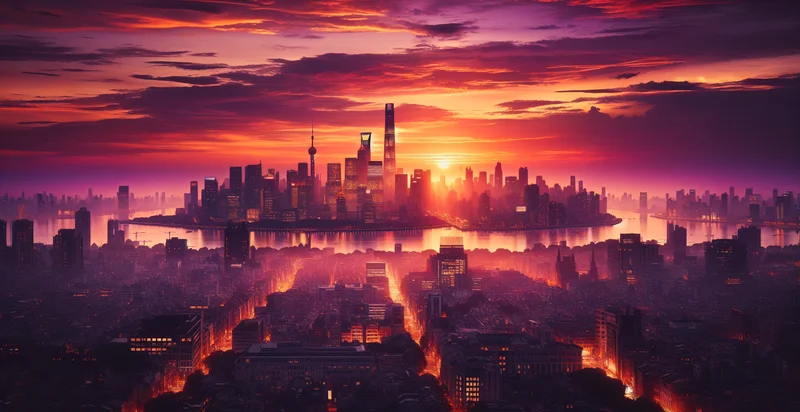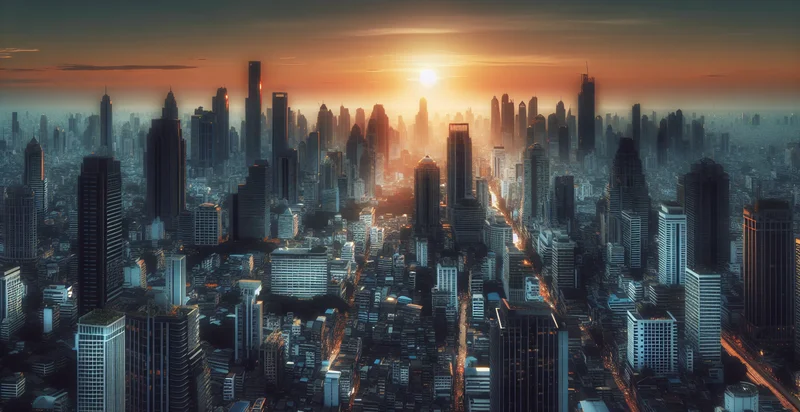Identify daytime or nighttime skyline
using AI
Below is a free classifier to identify daytime or nighttime skyline. Just upload your image, and our AI will predict if the skyline is from daytime or nighttime - in just seconds.

Contact us for API access
Or, use Nyckel to build highly-accurate custom classifiers in just minutes. No PhD required.
Get started
import nyckel
credentials = nyckel.Credentials("YOUR_CLIENT_ID", "YOUR_CLIENT_SECRET")
nyckel.invoke("daytime-or-nighttime-skyline", "your_image_url", credentials)
fetch('https://www.nyckel.com/v1/functions/daytime-or-nighttime-skyline/invoke', {
method: 'POST',
headers: {
'Authorization': 'Bearer ' + 'YOUR_BEARER_TOKEN',
'Content-Type': 'application/json',
},
body: JSON.stringify(
{"data": "your_image_url"}
)
})
.then(response => response.json())
.then(data => console.log(data));
curl -X POST \
-H "Content-Type: application/json" \
-H "Authorization: Bearer YOUR_BEARER_TOKEN" \
-d '{"data": "your_image_url"}' \
https://www.nyckel.com/v1/functions/daytime-or-nighttime-skyline/invoke
How this classifier works
To start, upload your image. Our AI tool will then predict if the skyline is from daytime or nighttime.
This pretrained image model uses a Nyckel-created dataset and has 2 labels, including Daytime Skyline and Nighttime Skyline.
We'll also show a confidence score (the higher the number, the more confident the AI model is around if the skyline is from daytime or nighttime).
Whether you're just curious or building daytime or nighttime skyline detection into your application, we hope our classifier proves helpful.
Related Classifiers
Need to identify daytime or nighttime skyline at scale?
Get API or Zapier access to this classifier for free. It's perfect for:
- Urban Planning Insights: By identifying whether a skyline image was taken during the daytime or nighttime, urban planners can assess lighting conditions and urban aesthetics. This function can assist in the evaluation of how city landscapes are perceived at different times, ultimately influencing design decisions and zoning regulations.
- Real Estate Marketing: Real estate agencies can leverage this classification to enhance property listings by featuring images of buildings with appealing skyline views. By promoting daytime and nighttime images strategically, agencies can attract buyers who appreciate the visual ambiance a location offers.
- Social Media Analytics: Social media platforms can use this function to categorize user-generated skyline images effectively. This categorization can fuel targeted advertising strategies and improve content recommendations based on user preferences for daytime or nighttime photography.
- Tourism Promotion: Tourism boards can use this feature to curate promotional materials that highlight the beauty of city skylines at different times. By analyzing which images attract more engagements, they can optimize marketing strategies to promote nighttime attractions versus daytime activities.
- AI-Powered Mobile Applications: Mobile photography apps can incorporate this feature to guide users in capturing the best skyline shots. With the classification, the app can provide tips and enhancements tailored for day or night settings, improving user photography skills.
- Security Surveillance Analytics: Surveillance systems can utilize this classification to better assess security footage based on time of day. By distinguishing between daytime and nighttime activities, security teams can make more informed decisions regarding potential threats and monitoring efforts.
- Environmental Studies: Researchers studying light pollution can use this function to analyze skyline images over time. By determining when images were taken, the data can support studies on how city lighting affects nighttime environments and wildlife, informing sustainable urban development practices.


